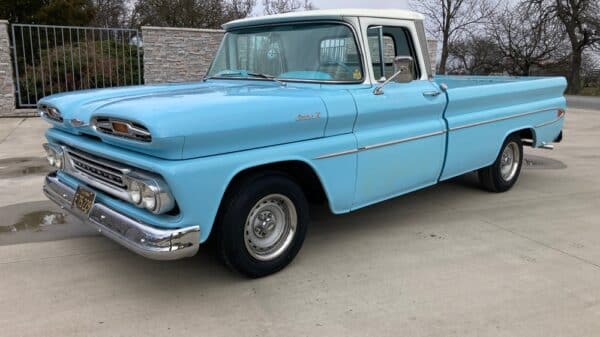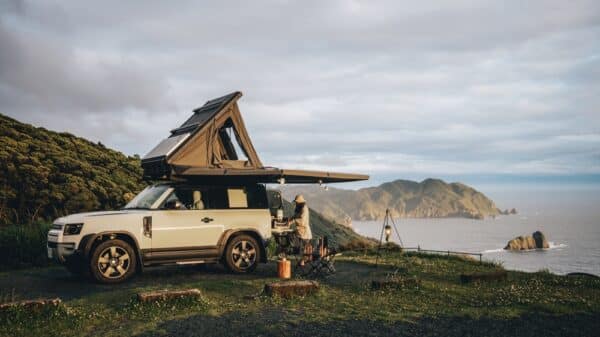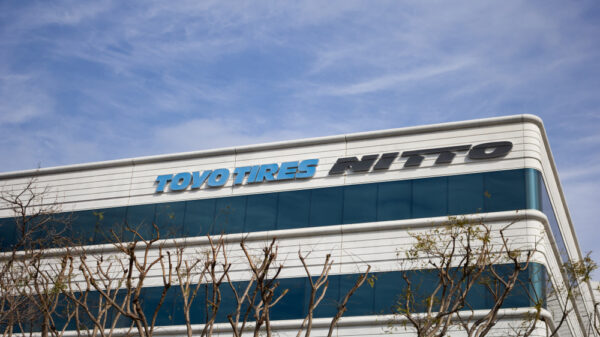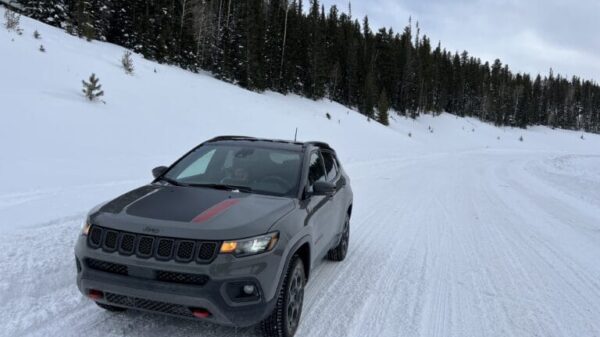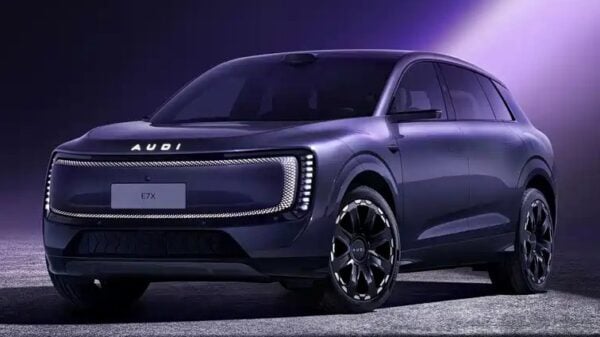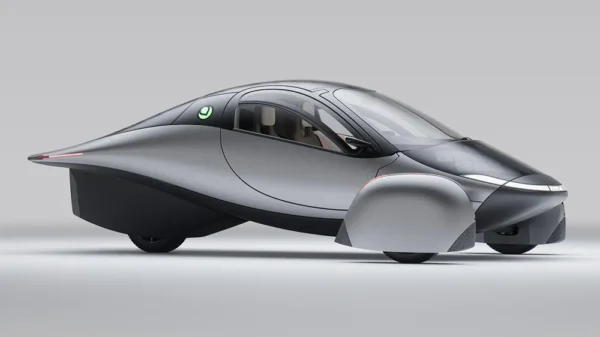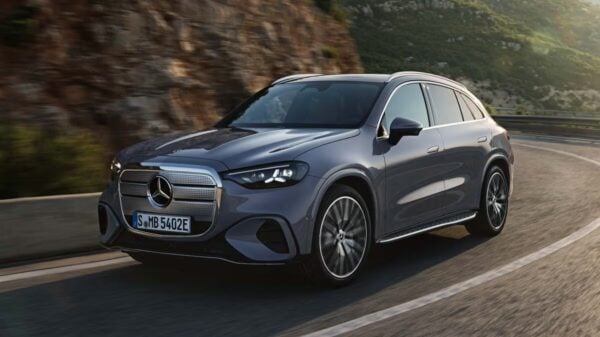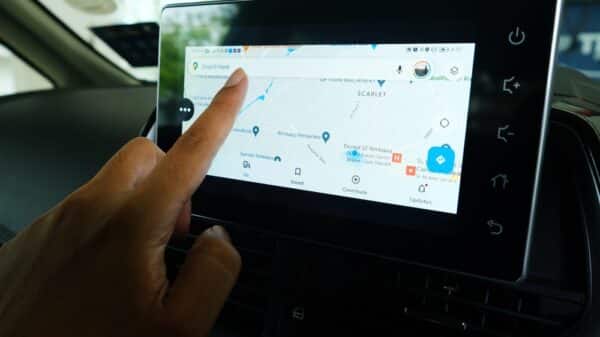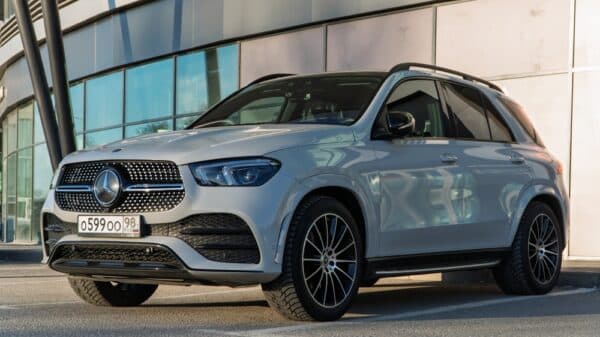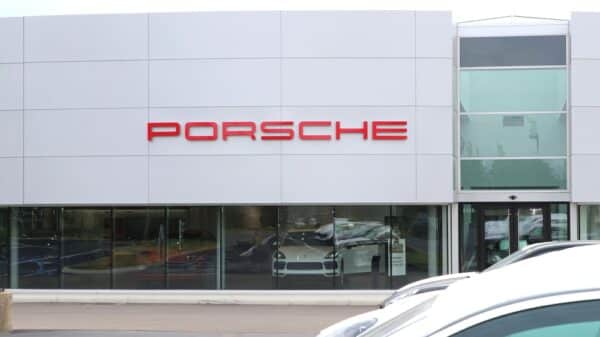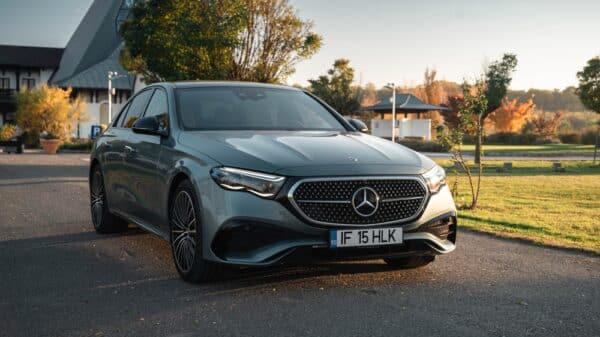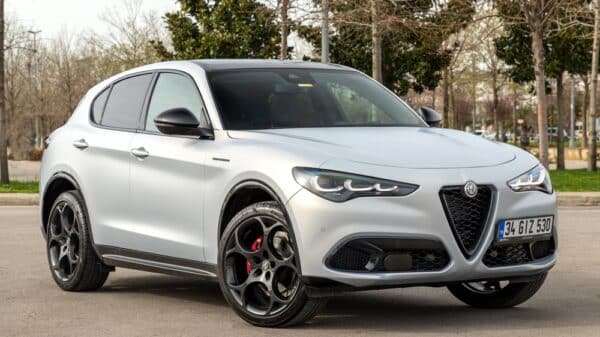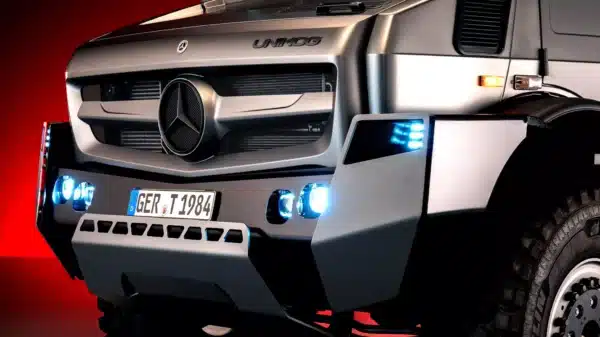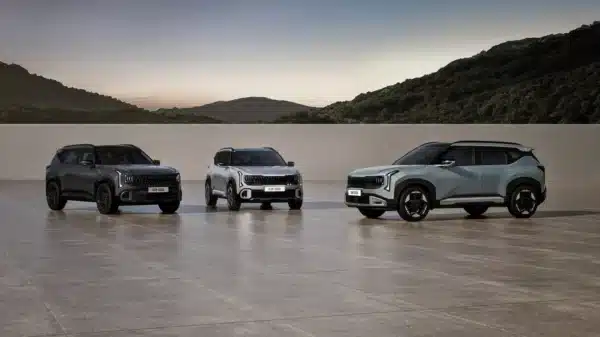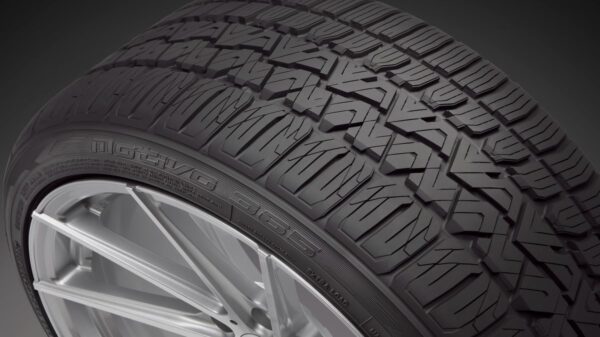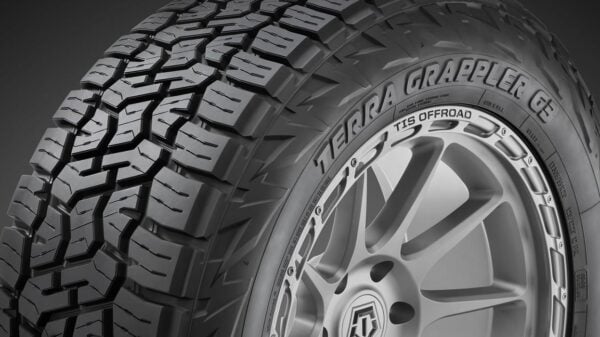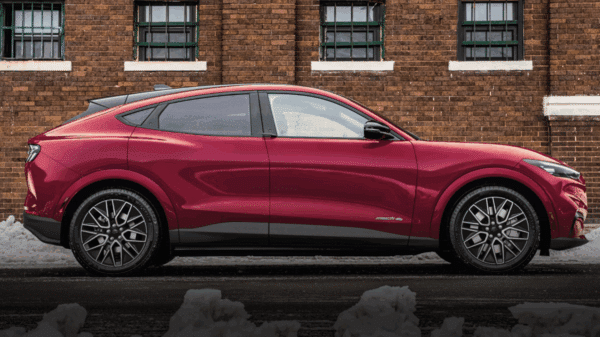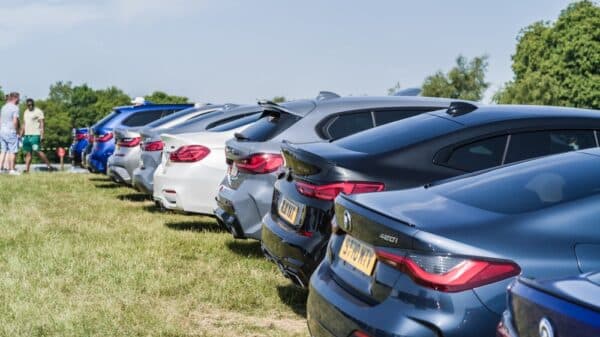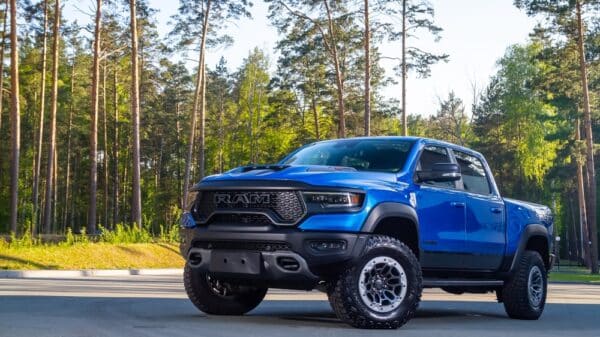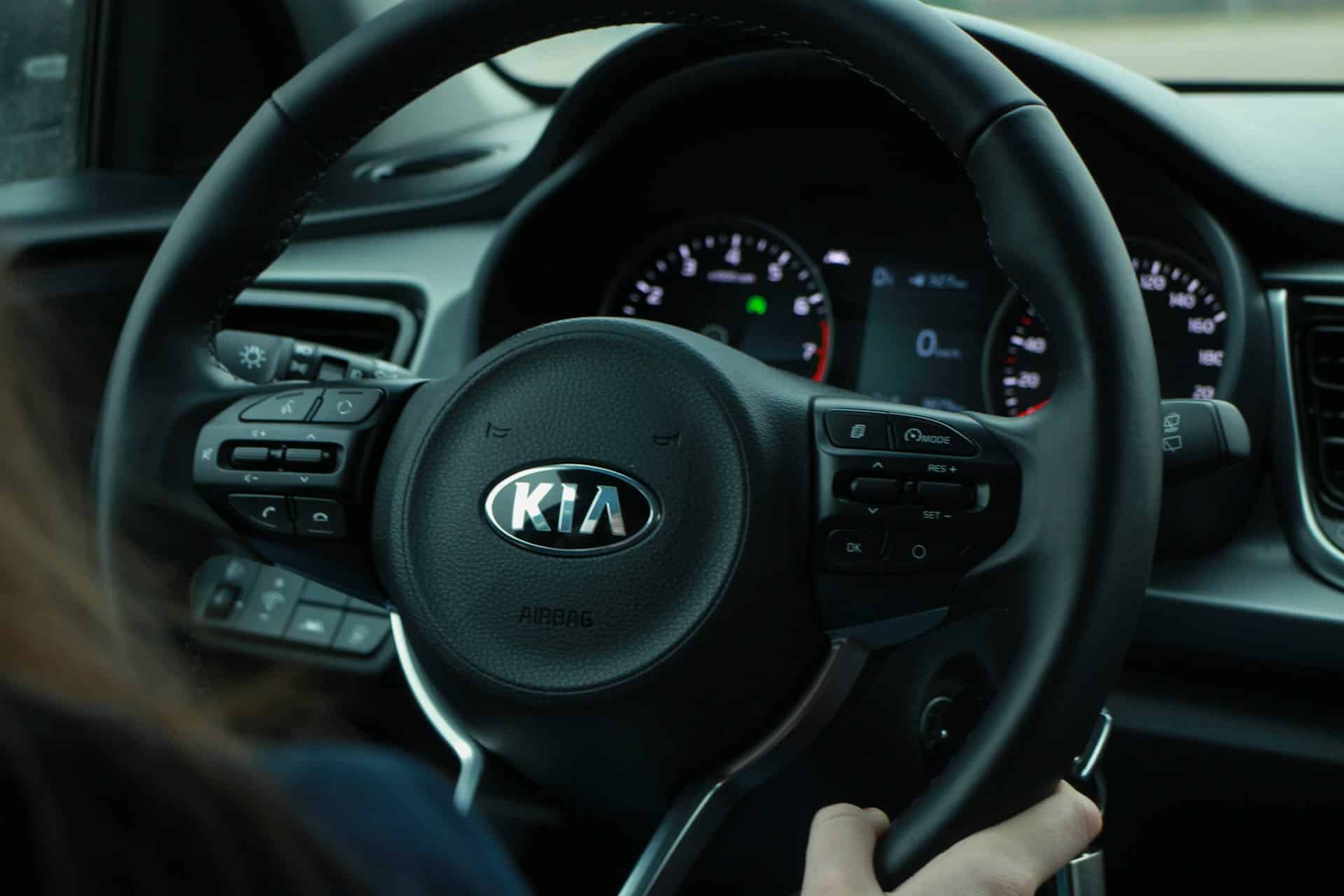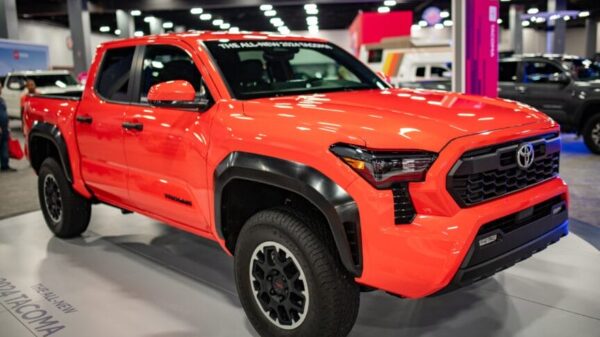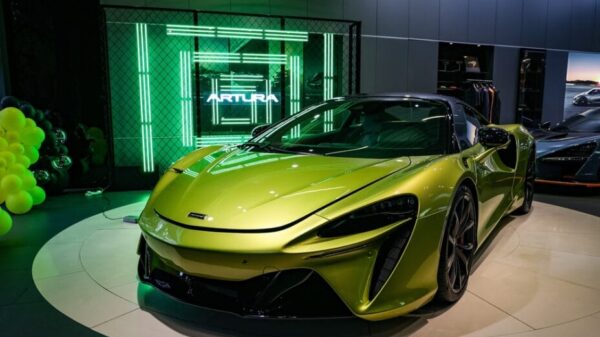In response to a costly hailstorm in 2023 that damaged more than 13,000 vehicles, Kia America is launching a bold new initiative that merges climate resilience with renewable energy. At its West Point, Georgia plant, the automaker is constructing one of the largest hail protection systems in the automotive industry—complete with a rooftop solar array that reflects Kia’s growing commitment to sustainability.
This forward-thinking project spans an impressive 3.2 million square feet, creating a protective canopy designed to shield finished vehicles from unpredictable weather events. The structure, engineered by Vehicle Protection Structures (VPS), incorporates 17,000 solar panels capable of generating up to 13 megawatts of electricity—enough to supply between 20% and 30% of the plant’s total energy demand.
From Hail Damage to Innovation
The decision to overhaul how Kia stores its vehicles outdoors came after last year’s destructive storm made a significant financial impact. “It caused us to think differently about how we store and better yet, protect our finished products,” said Stuart Countess, CEO of Kia Georgia.
Kia’s approach addresses two pressing concerns: protecting inventory from weather-related damage and reducing reliance on fossil fuels. By doing so, the automaker transforms a liability into a long-term strategic advantage.
Sustainability Meets Strategy
Beyond weatherproofing, the new solar roof helps Kia advance toward its ambitious target of cutting carbon emissions by 97% by 2045. One of the key pillars of that strategy is converting all manufacturing operations to run on 100% renewable energy. This solar-powered hail barrier is a major step in that direction.
Although Kia hasn’t disclosed the full financial details of the installation, the project is expected to benefit from clean energy tax incentives made available under the Inflation Reduction Act—demonstrating how environmental upgrades can also be financially smart.
According to VPS Executive Vice President Wade White, combining hail protection with solar energy generation is gaining traction across industries. “Our systems are already considered the standard for large-area weather protection,” he noted. “Now, solar integration allows manufacturers to reduce utility costs, meet emissions targets, and take advantage of available tax credits.”
A Holistic Green Shift
Kia’s Georgia facility isn’t just about future planning—it’s actively producing vehicles that align with a greener transportation future. Alongside popular models like the Telluride, Sportage, and Sorento, the plant now assembles the all-electric EV6 and EV9, two of Kia’s flagship entries in the growing EV market.
With the hail canopy currently halfway through construction and the solar panel system expected to go live in early 2026, Kia is poised to complete one of the most advanced weather protection and sustainability initiatives in the U.S. automotive sector.
Leading by Example in a Changing Climate
As the frequency and severity of extreme weather events increase, Kia’s approach stands out as a model for how automakers—and large manufacturers more broadly—can adapt. Instead of treating climate-related risks as isolated events, Kia is embedding resilience and sustainability into its infrastructure, operations, and long-term vision.
For consumers increasingly drawn to brands that embrace environmental stewardship, this move is more than just smart logistics—it’s a signal of values. By turning a climate-related loss into an opportunity to innovate, Kia is charting a path that’s both environmentally and economically sustainable.
Image Source: Unsplash


